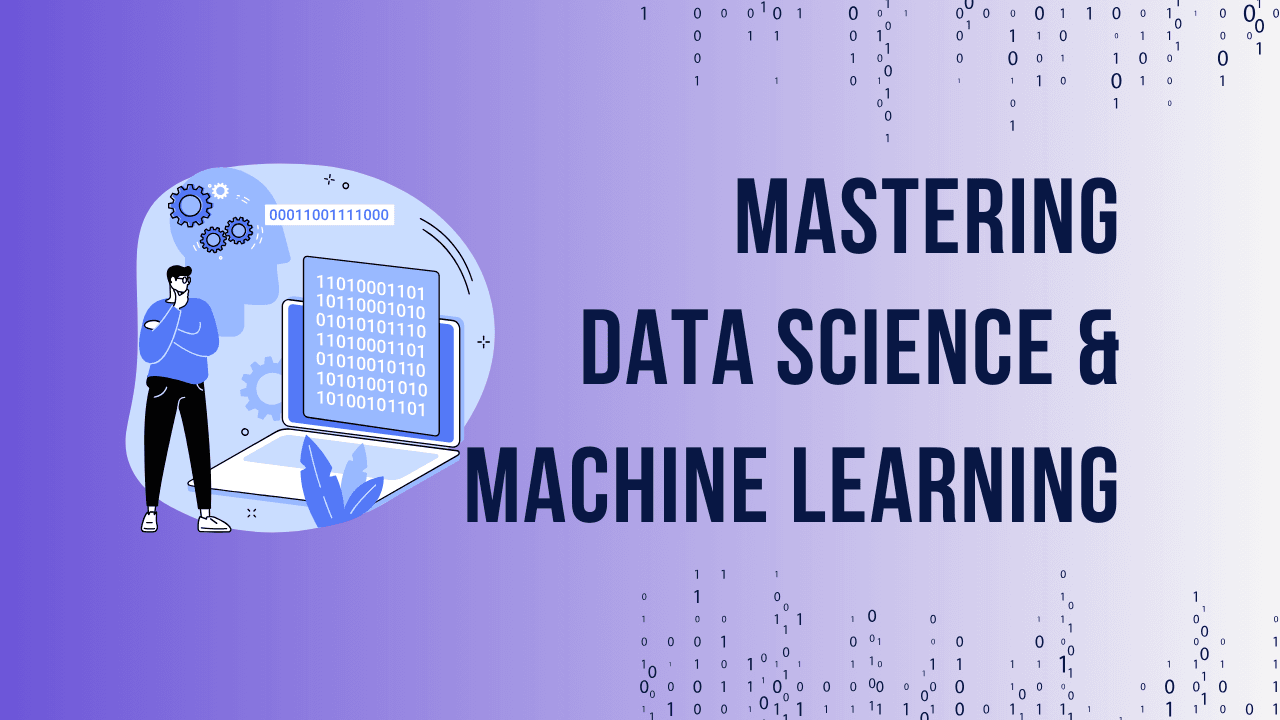Python is a versatile programming language that has become the backbone of data science. Known for its simplicity and readability, Python allows data scientists to efficiently handle data processing, analysis, and visualization. Its extensive libraries like Pandas, NumPy, and Scikit-learn make Python indispensable for data-driven projects.While basic Python skills are sufficient to start with data science, mastering intermediate concepts is crucial for tackling more complex projects. These skills help optimize code, handle large datasets, and implement sophisticated algorithms, thus making you a more effective data scientist.
Advanced Data Structures
Tuples: Efficient and Immutable
Tuples are similar to lists but with one key difference—they are immutable. This means once a tuple is created, it cannot be modified. This immutability makes tuples an excellent choice for storing data that should not change, ensuring data integrity and efficient memory usage.
Dictionaries: Key-Value Pairs for Fast Lookup
Dictionaries in Python allow for fast data retrieval using key-value pairs. This structure is ideal for scenarios where quick lookups are essential, such as counting occurrences of elements in a dataset or mapping unique identifiers to specific data points.
Sets: Unordered Collections for Unique Elements
Sets are unordered collections of unique elements. They are perfect for eliminating duplicates from a dataset or performing mathematical operations like unions and intersections. Understanding how to leverage sets can streamline data processing tasks, especially in large datasets.
Functions and Functional Programming
Writing and Using Lambda Functions
Lambda functions are small anonymous functions defined using the lambda keyword. They are useful for short operations that are used only once in the code, such as sorting a list of tuples based on the second element.
Map, Filter, and Reduce: Functional Tools
Map, filter, and reduce are powerful tools for processing lists and other iterables. The map() function applies a function to all items in an input list, filter() extracts elements that meet a certain condition, and reduce() aggregates all elements into a single value. These functions embody the essence of functional programming in Python.
List Comprehensions: Pythonic Way of Processing Lists
List comprehensions offer a concise way to create lists. They are often faster than traditional for-loops and are considered more Pythonic, meaning they align with Python’s philosophy of readability and simplicity.
Error Handling and Exceptions
Common Exceptions in Python
Understanding common exceptions like TypeError, ValueError, and KeyError is crucial in Python programming. These errors often arise during data processing, and handling them effectively ensures that your code runs smoothly even when encountering unexpected data.
Try, Except, Else, Finally: Managing Exceptions
The try-except block is Python’s primary way to catch and handle exceptions. The else block allows for code that runs only if no exceptions occur, while the finally block ensures that cleanup code runs regardless of what happens. This structure is key to writing robust, error-resistant code.
Raising and Customizing Exceptions
Sometimes, you may want to raise exceptions intentionally to signal that something has gone wrong. Customizing exceptions with informative error messages helps in debugging and maintaining code, making it easier to diagnose issues in complex data science projects.
Object-Oriented Programming (OOP)
Classes and Objects: Building Reusable Code
Object-Oriented Programming (OOP) allows for creating classes that represent real-world entities. Objects created from these classes can encapsulate data and methods, promoting code reusability and modular design, essential in large-scale data science projects.
Inheritance: Leveraging Existing Code
Inheritance enables new classes to inherit attributes and methods from existing ones. This allows data scientists to build on existing code, reducing redundancy and enhancing productivity.
Polymorphism: Designing Flexible Interfaces
Polymorphism in Python refers to the ability of different classes to be treated as instances of the same class through a common interface. This flexibility is crucial in designing systems that can handle various data types and structures efficiently.
File Handling and I/O Operations
Reading and Writing Files in Python
File handling is a fundamental skill in Python, enabling you to read from and write to files. Whether you’re dealing with text files, CSVs, or binary data, mastering file I/O operations is essential for managing data in your projects.
Working with CSV, JSON, and XML Files
CSV, JSON, and XML are common file formats for data interchange. Understanding how to read, process, and write these formats in Python allows for seamless integration with external data sources and applications.
Handling Large Data Files Efficiently
When dealing with large datasets, efficient file handling becomes critical. Techniques like chunking, streaming, and using specialized libraries can help manage large data files without exhausting system resources.
FAQs
What are the key benefits of learning intermediate Python for data science?
Learning intermediate Python concepts enables you to write more efficient, scalable, and maintainable code. These skills are crucial for handling large datasets, optimizing performance, and implementing sophisticated algorithms in data science projects.
How does object-oriented programming enhance Python’s usability in data science?
Object-oriented programming (OOP) enhances Python’s usability by promoting code reusability, modularity, and maintainability. These features are particularly useful in large-scale data science projects, where complex data structures and algorithms are common.
What is the significance of regular expressions in data science?
Regular expressions are powerful tools for pattern matching and text processing in data science. They are essential for cleaning and normalizing unstructured text data, making it easier to extract meaningful insights from raw data.
How do I improve my Python skills for data science projects?
Improving your Python skills for data science involves consistent practice, working on real-world projects, and staying updated with the latest developments in Python and data science. Engaging with the Python community and taking on new challenges will also help you grow as a data scientist.
What are some recommended resources for mastering these concepts?
Recommended resources for mastering intermediate Python concepts include online courses, such as those offered by Coursera and Udemy, Python documentation, and books like “Python Data Science Handbook” by Jake VanderPlas and “Fluent Python” by Luciano Ramalho.


